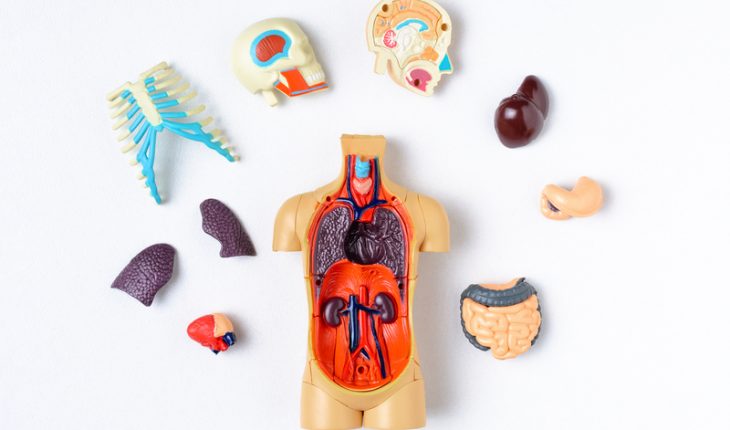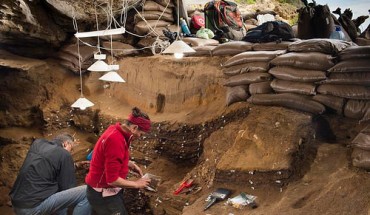Over time, the human body has adapted to natural and social innovations, evolving to the point we are at today. Throughout this time, certain bones and organs that originally were intended to help humans live became obsolete; we no longer need them to survive. Yet they remain a part of our anatomy. The appendix, wisdom teeth, and tailbone are all examples of this evolution.
Appendix
The original use of this organ is still debated because as of now it does not benefit us in any significant way. Some scientists speculate that perhaps the appendix helped early humans digest the plant part of their diet. According to Science Alert, this is because some animals do use their appendix as a digestive organ; however, the appendix does not digest anything for a human being. As humans continue to evolve, other scientists also wonder if the appendix will (or is already) find ways to contribute to the body as a means of storage.
Wisdom Teeth
Before the wonderful array of available food humans have today existed, the diet of the very first people consisted of uncooked meat and tough plants. This required some serious jaw and teeth power to break down the food and release nutrients. According to Stellar Family Orthodontics, human ancestors had larger jaws to accommodate wisdom teeth. Furthermore, wisdom teeth were necessary as the most powerful teeth to chew through those dense, fibrous matter. As cooking methods developed and agriculture became a central means of food gathering, these teeth lost their necessity. Food became softer, and other molars and the frontal teeth were able to do the job. However, wisdom teeth have not disappeared from the human structure—at least not entirely. While some people nowadays are born without wisdom teeth or with wisdom teeth that will never drop through the gums, many choose to simply remove the wisdom teeth to prevent potentially painful side effects of impacted teeth and infection.
Tail Bone
The “coccyx” is a fun word, but a useless bone! According to MeMD, as babies develop within the womb, the spine extends into a kind of “tail” that humans used to have to help them balance. As humankind learned to walk normally, upright, the tail became unnecessary and the bone began to shrink and disappear. Some babies are born with a sort of “tail” but it is essentially always removed.
These bones are proof of the evolution humans have gone through in response to outside adaptations to diet and movement. While they still exist, we can do without them—so if you need to have one of them removed, don’t worry! You’ll do just fine.
Read this next: Thanks to Recent Advancements, These Injuries Have a Better Future




